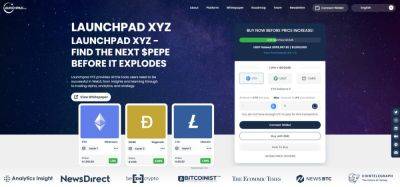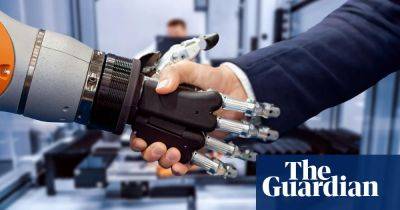When the tech boys start asking for new regulations, you know something’s up
W atching the opening day of the US Senate hearings on AI brought to mind Marx’s quip about history repeating itself, “the first time as tragedy, the second as farce”. Except this time it’s the other way round. Some time ago we had the farce of the boss of Meta (neé Facebook) explaining to a senator that his company made money from advertising. This week we had the tragedy of seeing senators quizzing Sam Altman, the new acceptable face of the tech industry.
Why tragedy? Well, as one of my kids, looking up from revising O-level classics, once explained to me: “It’s when you can see the disaster coming but you can’t do anything to stop it.” The trigger moment was when Altman declared: “We think that regulatory interventions by government will be critical to mitigate the risks of increasingly powerful models.” Warming to the theme, he said that the US government “might consider a combination of licensing and testing requirements for development and release of AI models above a threshold of capabilities”. He believed that companies like his can “partner with governments, including ensuring that the most powerful AI models adhere to a set of safety requirements, facilitating processes that develop and update safety measures and examining opportunities for global coordination.”
To some observers, Altman’s testimony looked like big news: wow, a tech boss actually saying that his industry needs regulation! Less charitable observers (like this columnist) see two alternative interpretations. One is that it’s an attempt to consolidate OpenAI’s lead over the rest of the industry in large language models (LLMs), because history suggests that regulation often enhances dominance. (Remember AT&T.) The other is that Altman’s proposal is
Read more on theguardian.com

 theguardian.com
theguardian.com



















